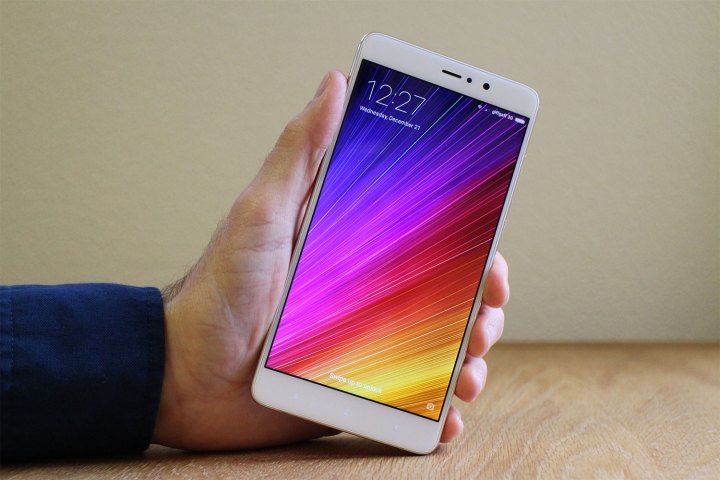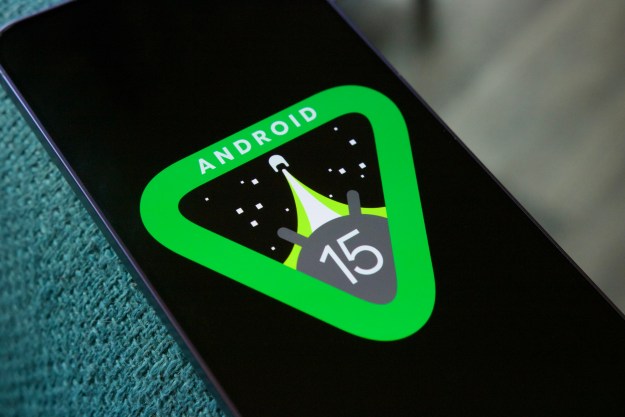
The news isn’t surprising, but it is interesting. As XDA-Developers notes, only a few years ago Hugo Barra, who at the time was Xiaomi’s vice president of international, said that the company was able to keep its prices low by offering a small portfolio and by offering phones with a “longer average selling time.” In other words, the “more focused the portfolio, the more efficient they can be at managing those costs.”
So what should we expect from Xiaomi’s expanded portfolio? Well, according to Digitimes’ sources, the company will offer more midrange and high-end smartphones, beyond what it would normally offer in its devices portfolio. This will help it keep up with the many releases from its competition in China.
A key aspect of managing Xiaomi’s expanded portfolio involves improving the efficiency of its supply chain, and Xiaomi is even reportedly considering allocating new suppliers for certain aspects of the supply chain. Specifically, the company may start sourcing display panels from a company called Truly Opto, however the report doesn’t go into detail about whether that would be true for all of Xiaomi’s devices, or just a select few.
It will be interesting to keep an eye on Xiaomi this year, especially if these reports prove to be true. Midrange smartphones are becoming increasingly important in smartphone manufacturers’ portfolios, so it certainly makes sense that Xiaomi would want to begin offering more such devices. Now hopefully the company will make more of a push in the U.S.
Editors' Recommendations
- Samsung Galaxy Watch 7 Ultra: news, rumored price, release date, and more
- Google Pixel 8a: news, rumored price, release date, and more
- iPhone SE 4: news, rumored price, release date, and more
- Android 15 release date: When will my phone get the update?
- I think I took a photo of a ghost with my smartphone

